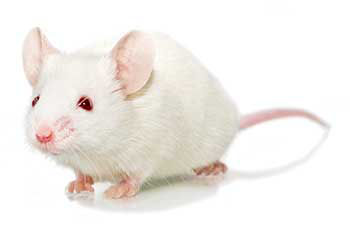| Model No. | Nomenclature | Genotype |
|---|---|---|
| DB | BKS.Cg-m+/+Leprdb/BomTac | sp/sp |
| DB-M | BKS.Cg-m+/+Leprdb/BomTac | sp/sp |
| DB-F | BKS.Cg-m+/+Leprdb/BomTac | sp/wt |
| DB-M | BKS.Cg-m+/+Leprdb/BomTac | sp/wt |
| DB-F | BKS.Cg-m+/+Leprdb/BomTac | wt/wt |
Diabetic
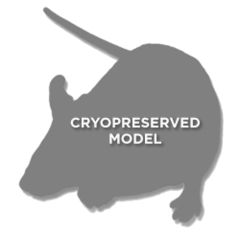
- Description
- Data
- Growth Chart
- Price & Licensing
- Overview
- Genetics
- Guides & Publications
- Applications & Therapeutic Areas
- Transit, Housing & Welfare
- Diet
Overview
Nomenclature: BKS.Cg-m+/+Leprdb/BomTac
- A suitable model for the study of diabetic neuropathology and nephropathy
- Also used in the study of the pathogenesis and prevention of Type II Non-Insulin Dependent Diabetes Mellitus (NIDDM)
- Experiences a hyperinsulinemic phase (Phase 1) followed by a hypoinsulinemic phase (Phase 2) at 2-3 months of age
- Genotype shown in the table above refers to the Lepr gene
- Due to possible crossover of the misty (m) and Leprdb genes, a low percentage of DB-M could be heterozygous for the misty (m) gene
- Only homozygotes (black) are diabetic and obese, heterozygotes (black) and wild types (misty) are non-diabetic and lean *Pricing is for ungenotyped lean or obese animals. Customers wanting genotyped animals must allow for an extra 2 week leadtime.
Origin
Genetics
Guides & Publications
Applications & Therapeutic Areas
- Diabetes
Transit, Housing & Welfare
Need more info? Click the live chat button or Contact Us
Diet
Data
Diabetic Spontaneous Mutant Mouse Phenotypic Characteristics
Phenotype: Phenotypically, the diabetic mouse (C57BLKS db/db) is identical with the obese mouse (C57BL/6J ob/ob), however the syndrome in C57BLKS db/db is far more severe than in the C57BL/6J ob/ob mouse. The clinical picture is dependent on the background strain in which the gene is expressed. If the ob gene is transferred to C57BLKS, Ks ob/ob this strain will develop a more severe form of diabetes than that observed in the C57BL/6J strain, indicating that these two strains differ in their capacity to adapt to diabetogenic stimuli (Cohn & Cerami 1979). This indicates that the clinical expression of the mutant gene is a result of the interaction of the gene (ob or db) and the genetic background (Coleman & Brodoff 1982, Berelowitz et al. 1980).The mutation is recessive and heterozygotes are phenotypical normal.
Homozygotic animals are infertile and the breeding must follow by mating between heterozygotic individuals, i.e. db/+ x db/+.
Due to the symptoms of obesitas, insulin resistance and hyperinsulinemia this animal model is recognized as a model of type II diabetes (NDDM; non-insulin dependent diabetes mellitus).
Metabolism: The increase in body weight is a result of not only hyperphagia, but also an increase in the efficiency of food utilization and reduced physical activity (Bray & York 1979). The mutant also exhibits intestinal hypertrophy, abnormalities in the nutrient absorption and changes in regulatory neuronal peptides in the intestine (Bailey et al. 1986).
The gluco-neogenesis is increased as the enzyme activity of glucose-6-phosphatase, fuctose-1, 6-diphosphatase, pyruvatecarbo- xylase and phosphenol pyruvatecarboxykinase are elevated both in old and young animals compared to controls (Herberg & Coleman 1977). Hyperfunction of the pancreatic A cells (glucagon) is also evident in the db mice (Bray & York 1979).
The clinical symptoms are far more severe in male mice than in female mice suggesting an effect of sex steroids (Coleman et al. 1984, Leiter et al. 1981). In the initial phase (phase I), the size and number of beta cells are markedly increased, probably as compensatory reaction to a decreased sensitivity toward insulin in the peripheral tissue. The decrease in the plasma insulin level is correlated to a degeneration of the pancreatic islets and destruction of the islet beta-cells. The clinical symptoms and course of the disease is more severe than in the ob/ob mouse, which explains the shorter lifespan of the db/db mouse.
Immune System: Abnormalities in the immune system are seen in the db/db mouse, supporting the theory that the immune system might be involved in the pathogenesis of clinical symptoms, observed in db/db mouse. The db/db mouse has a diminished ability to reject skin grafts and to generate cytotoxic T lymphocytes. The lymphokine production is reduced and depressed delayed hypersensitivity reaction, and increased plaque forming B cell responses are observed in the db/db mouse. Thymus involution is accelerated and there is a T cell lymphopenia. Cytotoxic antibodies against beta cells and T cells isolated from the spleen inhibit the insulin release from beta cells in vitro (Singh et al. 1986, Leiter et al. 1987).
Class II MHC autoreactive T cells found in the spleen and lymph nodes indicates the presence of ongoing autoreactivity in db/db mice, and treatment with anti-I-Ad monoclonal antibodies can prolong the lifespan compared to untreated controls. However, insulitis is not found suggesting that the autoreactiviy is not directed to islet cells but may be a consequence of the disease (Singh et al. 1986). Moreover, diabetes do develop in the absence of T and B lymphocytes as revealed by transfer of genes causing immunedeficiency to db/db mice (Leiter et al.1986, Leiter et al. 1987). The organ reactive autoantibody production may be modified by sex-linked factors (Yoon et al.1988).
Intracisternal type A particles found in the pancreatic islets cells have been suggested to be involved in the generation of an autoimmune reaction, and their presence have been postulated to be linked to the genetic susceptibility in the C57BLKS strain (Leiter et al. 1984).
Diabetic neuropathy is observed in the C57BLKS db/db mouse (Sima et al. 1978, Sima et al. 1979). Pathological lesions are also seen in the kidneys (Like et al. 1972), and the kidney function is impaired compared to controls (Bray & York 1979). Myocardial disease has also been described (Giacomelli, & Wiener 1979).
| Pregnancy: | approximately 21 - 23 days |
| Litter size: | 6-7 pups |
Taconic cannot routinely accept orders by weight for this model due to colony size. Please inquire for options if weight is critical for your experiment.
n= 70 per sex at MPF health standards from all global colonies colonies. Data collected 2012-15.
High and Low represent mean +/- 1 standard deviation.
Based on sample size the charts above represents ~70% of the population.
All growth curves represent animals housed in our barriers, at our standard density and fed NIH31-M diet. Variations at customer facilities will alter expected growth curves.
Growth charts are provided only as a guide, if a specific weight criteria is needed please order animals by weight.
- Licensing
- Select my Health Standard
- Get Custom Pricing Guide
Licensing
Terms of Sale and Use for Diabetic
These models are sold subject to Taconic's Terms and Conditions for Taconic's Models, Products and Services
Select my Health Standard
Need help choosing the right Taconic Biosciences health standard for your research?
Use the Health Standard Selector to enter your exclusion list. The tool will tell you which health standards meet your requirements.
Get custom pricing guide
Schedule A Scientific Consultation
Connect directly with a member of our Scientific Solutions team who can help you select the most appropriate model and maximize your experimental success.


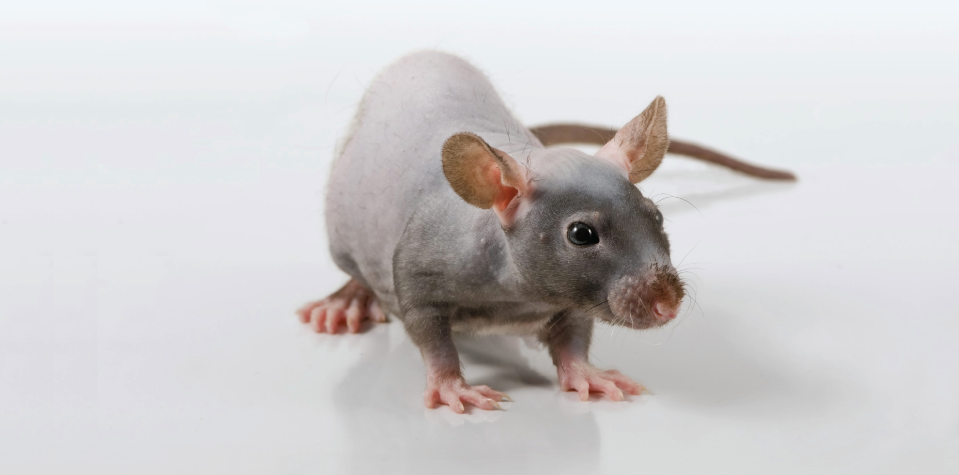
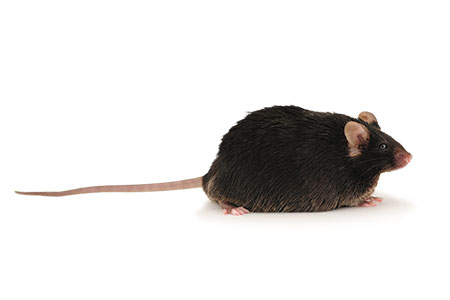
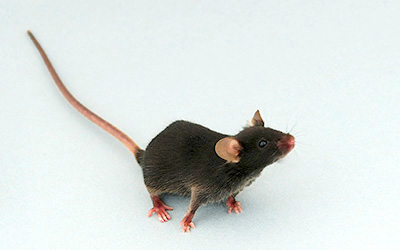
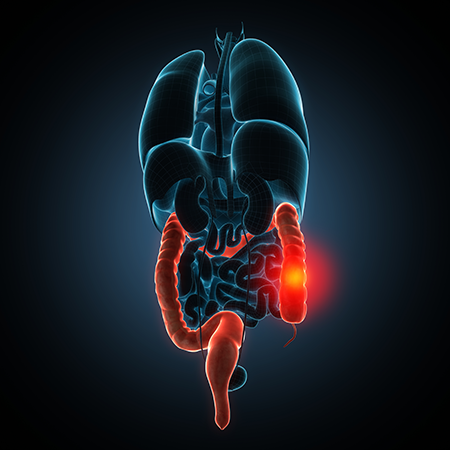




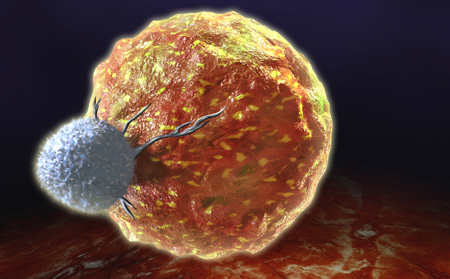


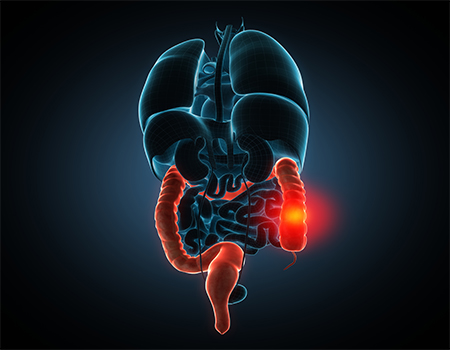
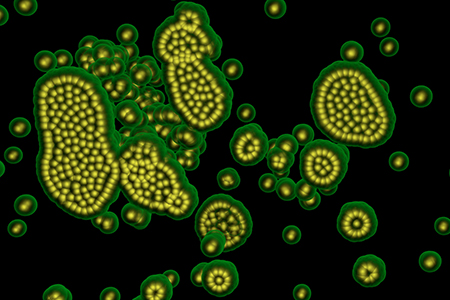

.jpg)

.jpg)
.jpg)
.jpg)
.jpg)




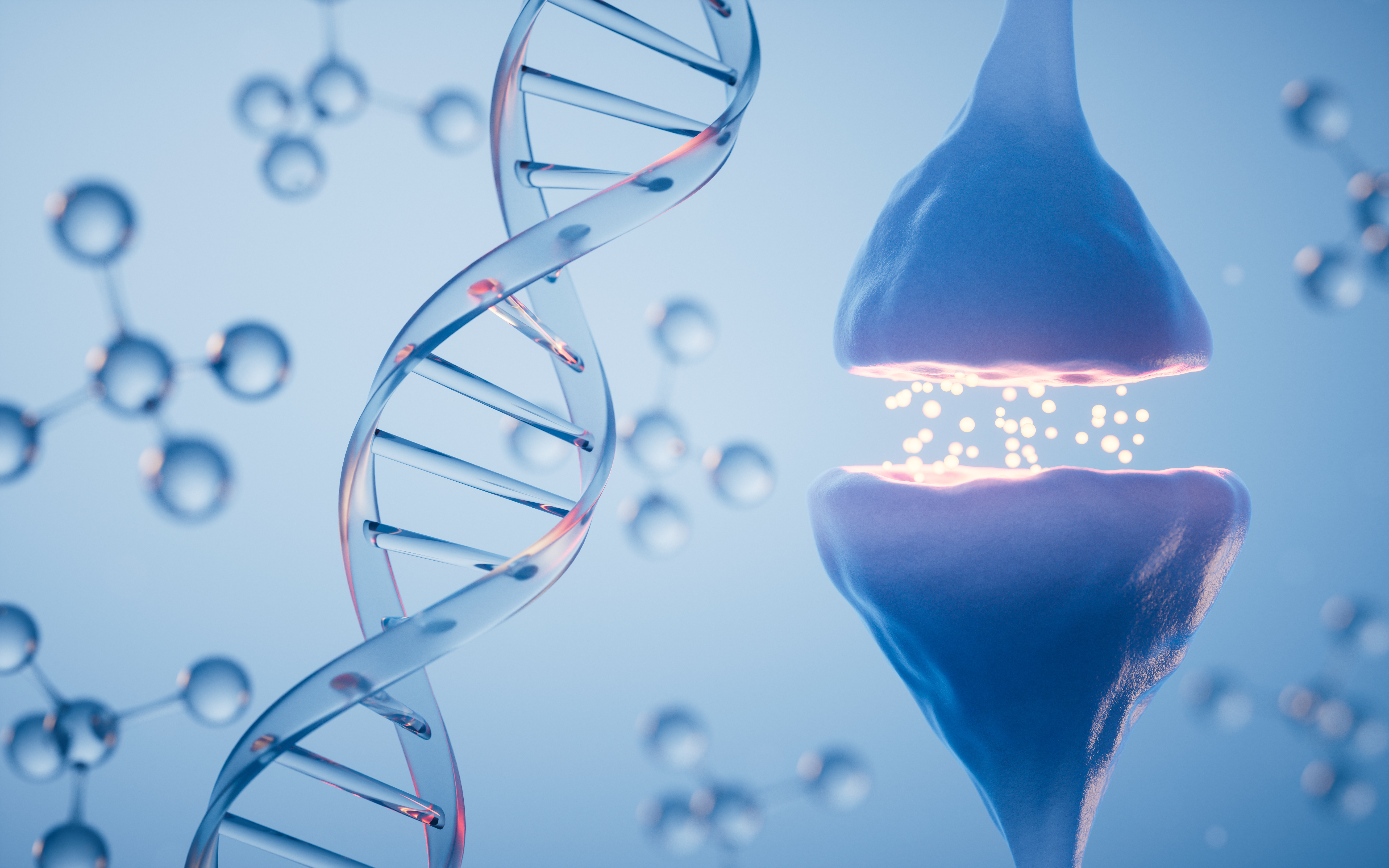
.jpg)


.jpg)
.jpg)




.jpg)




.jpg)

.jpg)




